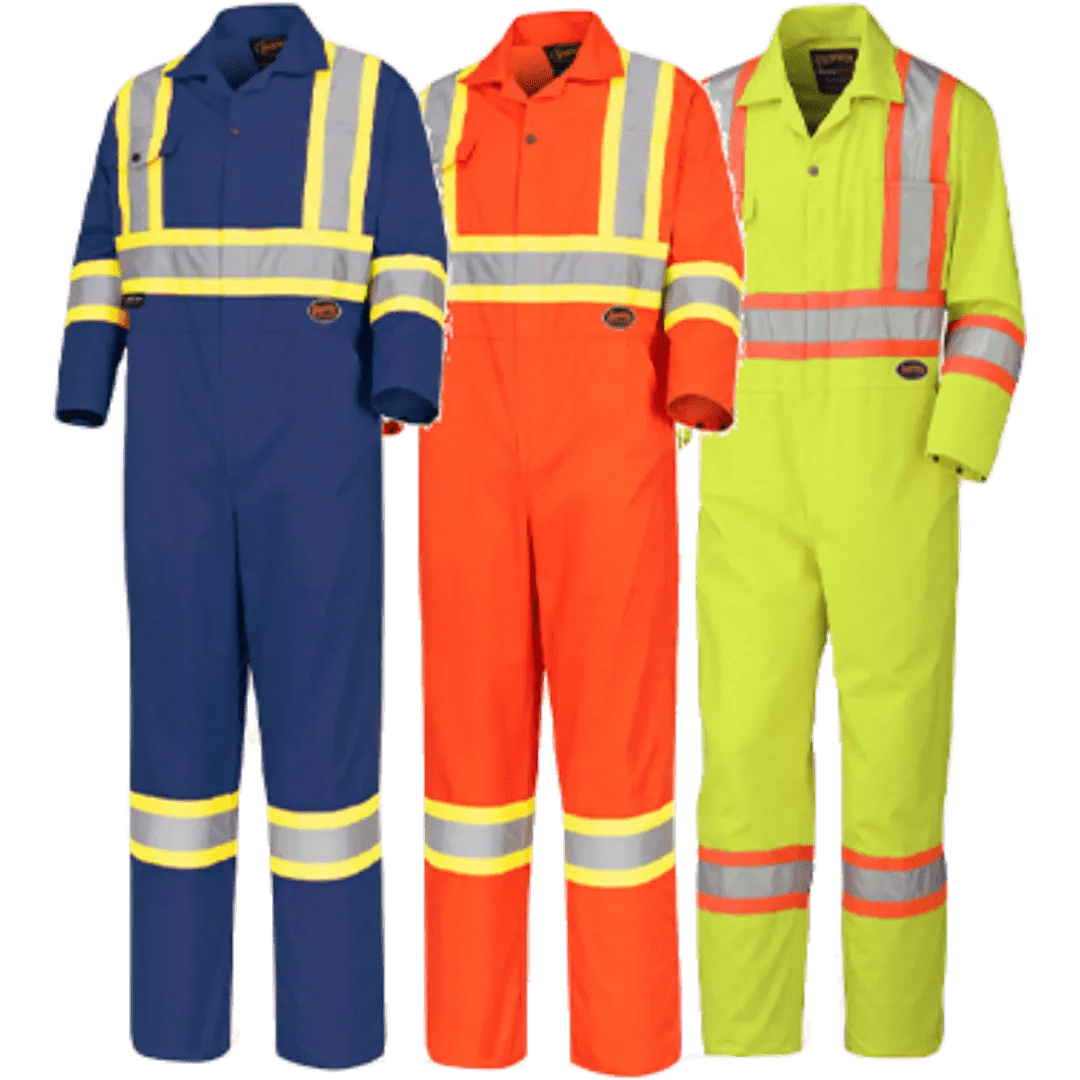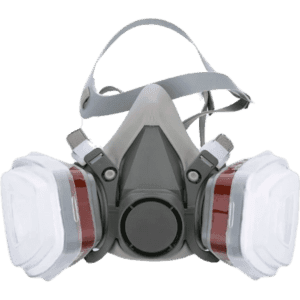Coveralls are versatile personal protective equipment (PPE) designed to provide full-body protection in hazardous work environments. They are worn to protect workers from a variety of risks, including chemical spills, dust, dirt, and minor physical hazards. Coveralls are made from durable fabrics, and many are designed with additional features like flame resistance, chemical resistance, and high visibility, depending on the work environment.
Key Features:
- Full-body protection to shield against dirt, chemicals, and physical hazards.
- Flame-resistant options for environments with fire or welding risks.
- Chemical-resistant materials for protection in hazardous chemical environments.
- High-visibility versions with reflective strips for use in low-light or high-risk areas.
- Comfortable and breathable fabrics to allow ease of movement.
Types and Standards: Coveralls are designed in various styles to suit specific work environments. They must comply with safety standards like SASO 2020, EN 340 (general PPE), and EN 14126 (protection against biological agents). The main types include:
- Flame-Resistant Coveralls: Made from materials like Nomex or Proban to protect against fire hazards.
- Chemical-Resistant Coveralls: Typically made from Tyvek or similar fabrics to protect against hazardous chemicals.
- High-Visibility Coveralls: Used in roadworks, construction, and other industries requiring visibility in low light.
Brands Available:
Reputable brands like DuPont, 3M, Kimberly-Clark, Honeywell, and Ansell offer a wide range of coveralls. These brands provide options for different industries, ensuring compliance with local and international safety standards.
General Maintenance: To maintain coveralls, regularly inspect them for signs of wear or damage. Wash them according to the manufacturer’s instructions, typically using mild detergent and water. Ensure that chemical-resistant coveralls are thoroughly cleaned to prevent chemical residue buildup. Flame-resistant coveralls should be inspected after each use for any signs of degradation.





